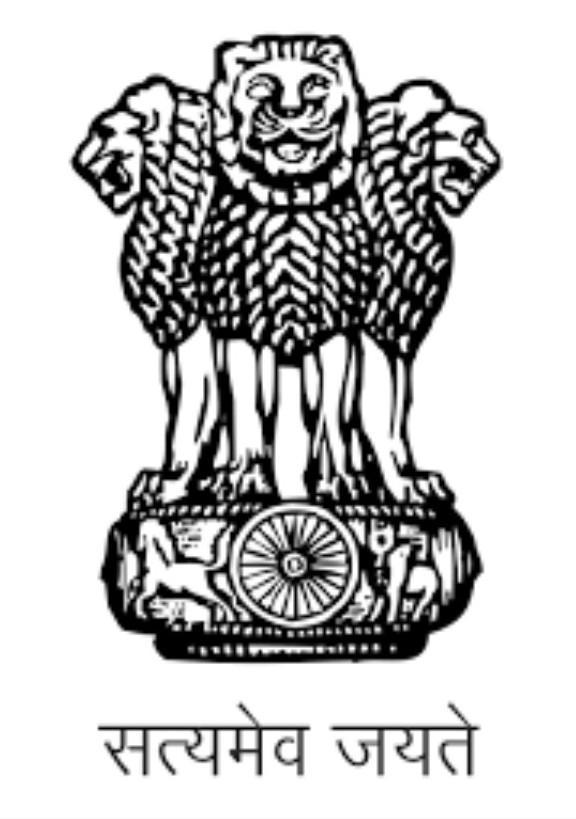PMEGP
PRIME MINISTERS EMPLOYMENT GENERATION PROGRAMME
Government of India has approved the introduction of a new credit linked subsidy
programme called Prime Minister‟s Employment Generation Programme (PMEGP) by merging the two schemes that were in operation till 31.03.2008 namely Prime Minister‟s Rojgar Yojana (PMRY) and Rural employment Generation Programme (REGP) for generation of employment opportunities through establishment of micro enterprises in rural as well as urban areas. PMEGP will be a central sector scheme to be administered by the Ministry of Micro, Small and Medium Enterprises (MoMSME). The Scheme will be implemented by Khadi and Village Industries Commission (KVIC), a statutory
organization under the administrative control of the Ministry of MSME as the single nodal agency at the National level.
At the State level, the Scheme will be implemented through
State KVIC Directorates, State Khadi and Village Industries Boards (KVIBs) and District
Industries Centres (DICs) and banks. The Government subsidy under the scheme will be
routed by KVIC through the identified Banks for eventual distribution to the
beneficiaries/entrepreneurs in their Bank accounts. The Implementing Agencies, namely
KVIC, KVIBs and DICs will associate reputed Non-Government Organization
(NGOs)/reputed autonomous institutions/Self Help Groups (SHGs)/ National Small
Industries Corporation (NSIC)/Udyami Mitras empanelled under Rajiv Gandhi Udyami
Mitra Yojana (RGUMY), Panchayati Raj institutions and other relevant bodies in the
implementation of the Scheme, especially in the area of identification of beneficiaries, of
area specific viable projects, and providing training in entrepreneurship development.

Guidelines For Prime Minister’s Employment Generation Programme (PMEGP)
Levels of funding under PMEGP
Categories of beneficiaries under PMEGP
| Beneficiary‟s contribution (of project cost)
| Rate of Subsidy (of project cost)
| Rate of Subsidy (of project cost)
|
Area (location of project/unit)
|
| Urban
| Rural
|
General Category
| 10%
| 15%
| 25%
|
Special (including SC / ST / OBC /Minorities/Women, Ex- servicemen, Physically handicapped, NER, Hill and Border areas etc.
| 05% | 25%
| 35%
|
Note: (1) The maximum cost of the project/unit admissible under manufacturing sector is Rs. 25 lakh.
(2) The maximum cost of the project/unit admissible under business/service sector is Rs. 10 lakh.
(3) The balance amount of the total project cost will be provided by Banks as term loan
- Any individual, above 18 years of age
- There will be no income ceiling for assistance for setting up projects under PMEGP.
- For setting up of project costing above Rs.10 lakh in the manufacturing sector and above Rs. 5 lakh in the business /service sector, the beneficiaries should possess at least VIII standard pass educational qualification.
- Assistance under the Scheme is available only for new projects sanctioned specifically under the PMEGP.
- Self Help Groups (including those belonging to BPL provided that they have not availed benefits under any other Scheme) are also eligible for assistance under PMEGP.
- Institutions registered under Societies Registration Act, 1860.
- Production Co-operative Societies
- Charitable Trusts.
- Existing Units (under PMRY, REGP or any other scheme of Government of India or State Government) and the units that have already availed Government Subsidy under any other scheme of Government of India or State Government are not eligible.
J&K KHADI & VILLAGE INDUSTRIES BOARD
Address:
5th Floor, Jawahar Lal Nehru Udyog Bhawan, Jammu-180004 ( Nov-April)
3rd Floor, Sanat Ghar, Bemina-Srinagar-190018 (May-October)
Phone: 0194-2493575, 0194- 2493583
Email: [email protected]

